Cedar
Recognizing cedar
Cedar is recognized by:
- Its trunks reaching 30-40 meters tall.
- Its clusters of green needles (evergreen species: does not loose its needles)

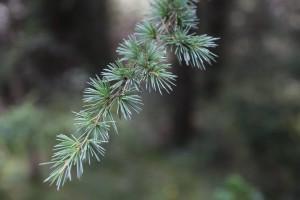
Sites favored by this species
Temperatures
Annual average of 7-15°C. It can withstand temperatures up to 40°C or -20°C. Semi-shade species (shaded in the first few years, then tolerates sunlight). It is quite flexible as far as temperatures are concerned.
Rainfall
Annual average between 800 and 1,500Â mm per year. It can draw water at depth so is able to resist drought. However, it does not appreciate atmospheric humidity.
Soils
It appreciates loose, deep soils from which it can draw minerals. It is mainly found on chalky or flinty soils. It particularly appreciates cracked rocks in which it takes root. It will not thrive on compact, clayey soils.
Root development of the Cedar
- Powerful with a well-developed taproot that penetrates deep into the rock.
- Sensitive to wind and heavy snow.
Cedar plantation
| Density | Spacing | Benefits and drawbacks |
| 1,100 to 2,500 plants/hectare | 2 x 3 m or 2.5 x 2.5 m | Natural regeneration with high seed production. Requires regular pruning. |
Final density of 50/90 stems hectare
Growth and production of cedar
- Quite slow to start with then grows rapidly.
- Lifespan of over a century.
- Production of 3-12Â m3/hectare/year (depending on site).
Cedar wood
- Dark-colored heart and distinct sapwood
- Very durable heartwood, rich in essential oils.
- Easy sawing, quick drying but risk of deformation.
- Excellent wood for joinery, cabinetwork, carpentry and building/roof frames.
- Used for veneer and turned wood items.
- Trade name: Atlas cedar
Health

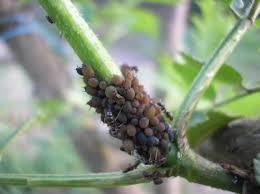
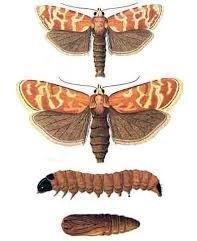
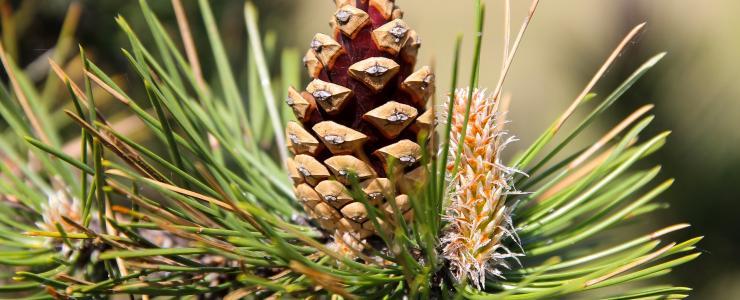
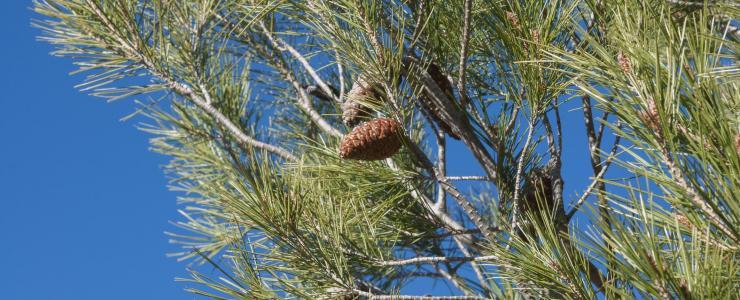
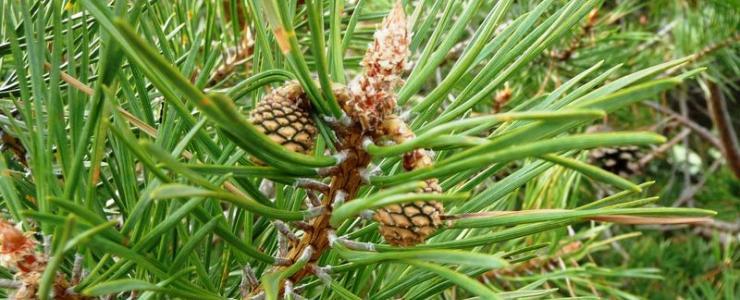
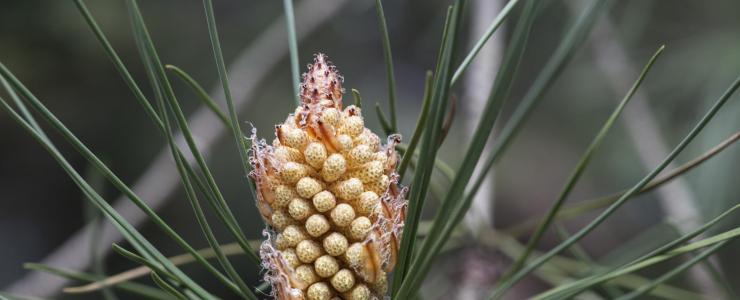
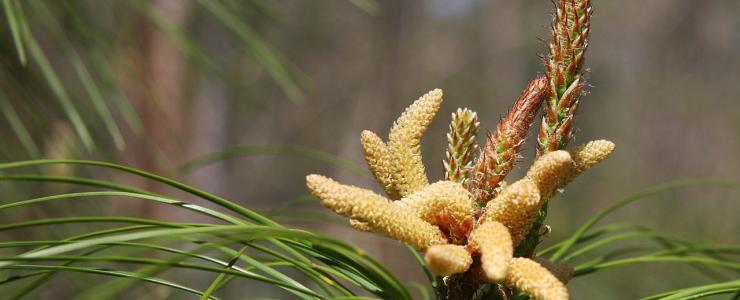
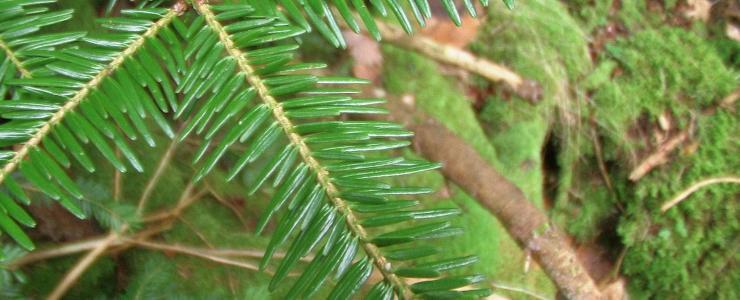
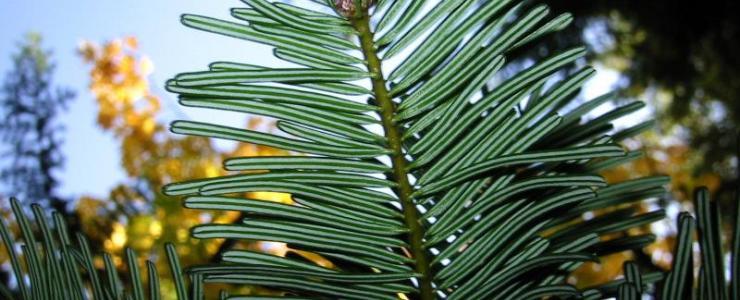
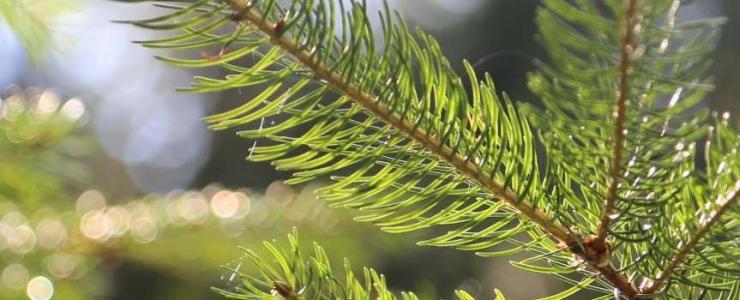
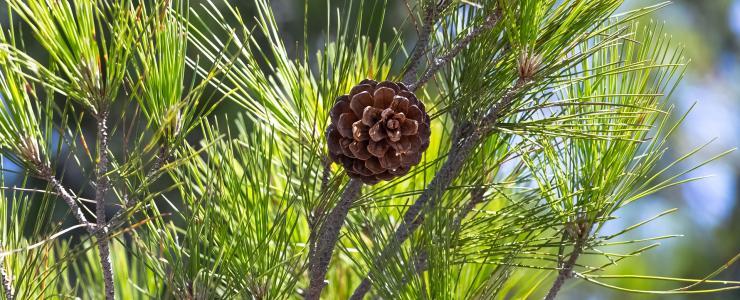
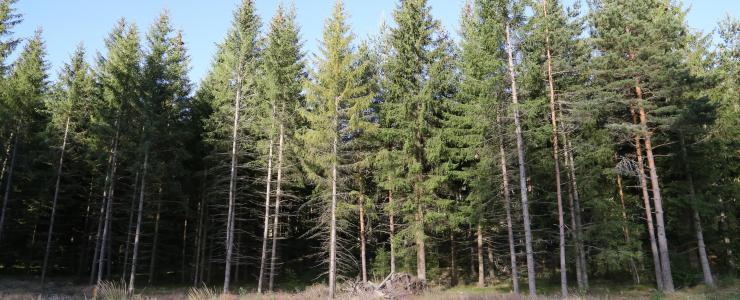
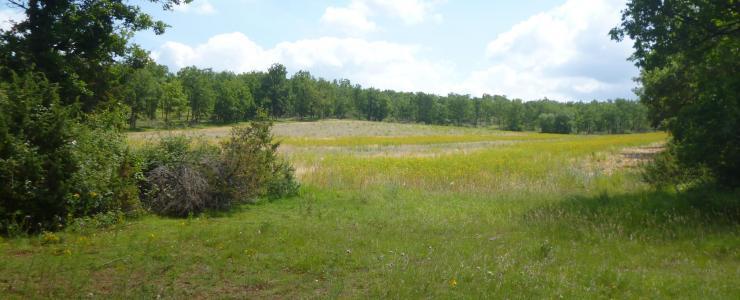
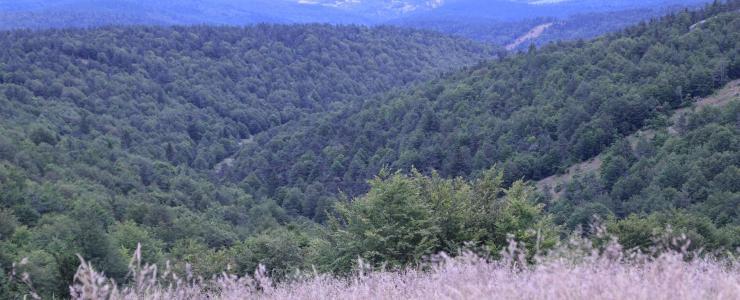
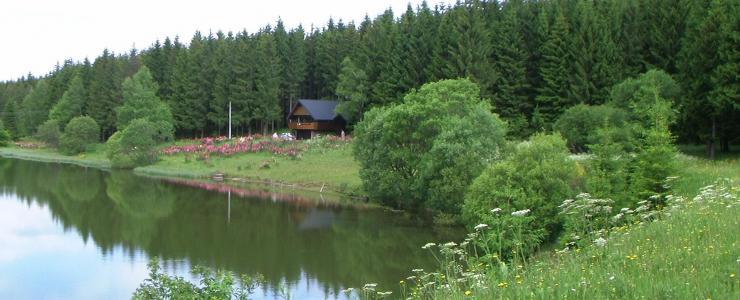
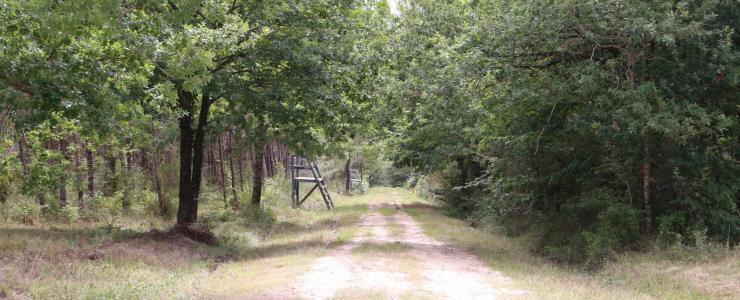
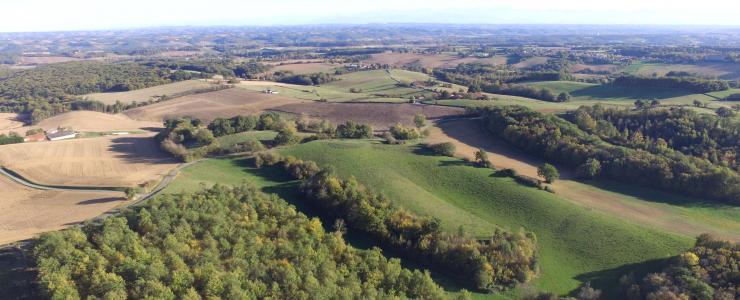
Economic view
While cedar has long been used in France as an ornamental species or to contribute to biodiversity in public forests, its qualities are also useful for the forest/wood sector.
A cedar forest can be a worthwhile investment, given that it is a hardy species able to resist and adapt to a range of soil and climate conditions.
It also has durable heartwood that is rich in essential oils, one of its main benefits. In fact, thanks to these essential oils, the wood does not require any treatment and can be used for outdoor fittings (if it does not come into contact with the ground).
It is thus ideal for indoor and outdoor furnishing and is also used in the pulpwood sector, fine cabinetwork and sculpture.
The cedar market is now growing thanks to the many qualities of this fast-growing wood.
It is not very common in France as we are still in the introduction period. However, it can be found in the Massif des Maures and on the edge of the Massif Central, where the purchase of a cedar forest will be a good investment.